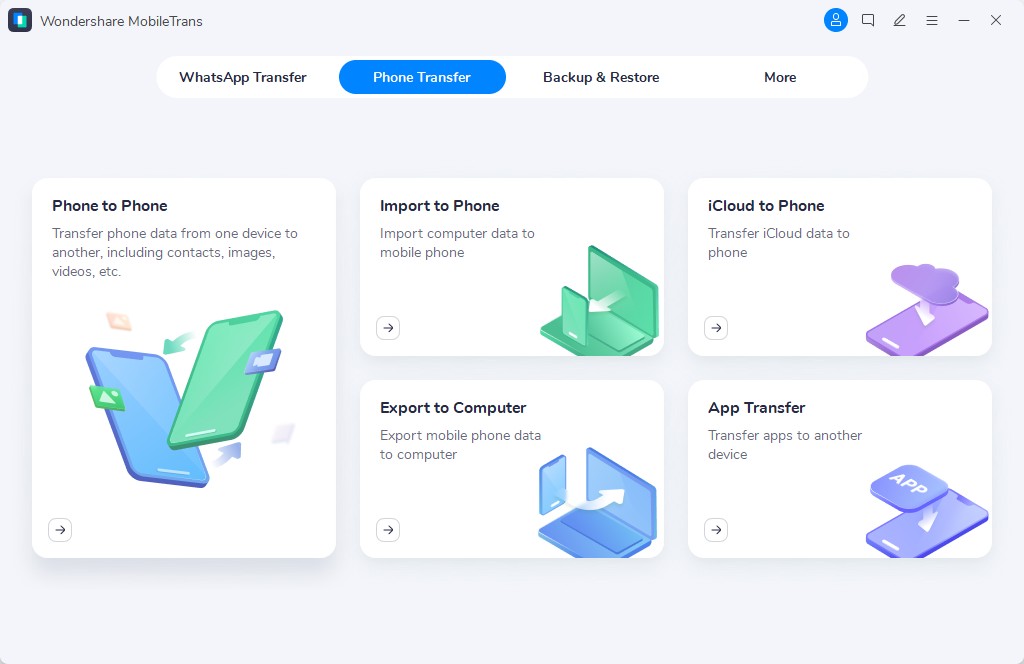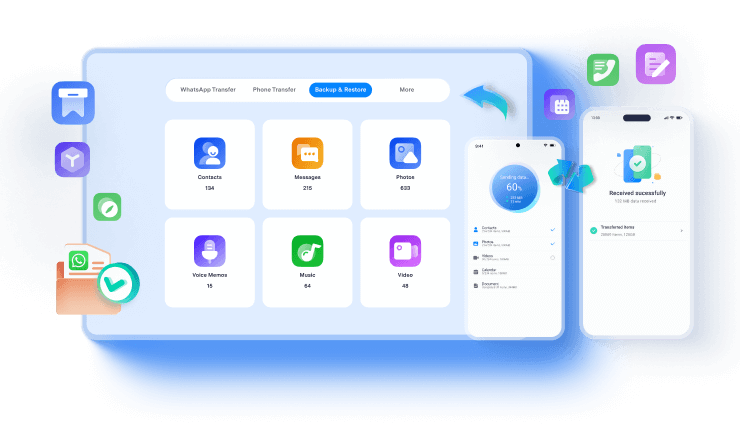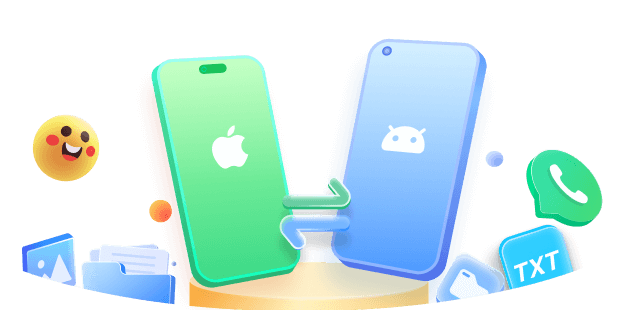Have you recently got a new iPhone 17 and would like to transfer data from Pixel to iPhone?
Well, now it has become easier than ever to switch from Pixel to an iPhone. You can do a direct Pixel to iPhone transfer with a desktop application (like MobileTrans) or use a mobile app (like Move to iOS). Although there are plenty of ways to transfer data from Google Pixel to iPhone, I have decided to discuss the two most popular and recommended solutions in this detailed guide. Let’s process and learn how to switch from Pixel to iPhone in minutes!
![]()
Method 1: Transfer Data from Pixel to iPhone with MobileTrans – Phone Transfer [Fastest and Easiest Solution]
MobileTrans – Phone Transfer provides one of the quickest and simplest ways to transfer from Pixel to iPhone all kinds of data. In fact, you can use the application to move your files between any two smartphones, irrespective of their platforms.
MobileTrans - WhatsApp Transfer
Transfer data from Pixel to iPhone with 1 Click!
- • Using MobileTrans – Phone Transfer, you can transfer data between Android and iOS, Android and iOS, or iOS and iOS.
- • It is compatible with 8000+ different devices and fully supports the cross-platform transfer of data (like Pixel to iPhone transfer or vice-versa).
- • You can easily transfer contacts/photos/messages from Pixel to iPhone. It supports the transfer of 17 different data types like videos, audios, call logs, and more.
- • The Google Pixel to iPhone transfer is 100% secure and no data is saved in between since it would be transferred directly from one phone to another.
- • MobileTrans – Phone Transfer is a DIY application that is extremely easy to use and will not need root/jailbreak access.
You can follow this simple drill to switch from Pixel to iPhone in minutes with the help of MobileTrans – Phone Transfer.
Step 1: Launch the Phone Transfer application
If you don’t have MobileTrans – Phone Transfer installed, then you can get it by visiting its website. Whenever you wish to transfer from Pixel to iPhone your data, just launch the toolkit, and select the “Phone Transfer” feature from its home.

Step 2: Connect your Pixel device and iPhone
After launching the application, you can connect your Pixel and iOS devices to the system using their compatible USB and lightning cables. In no time, MobileTrans will detect them and would list them as source or destination phones. You can use the flip option to ensure that iPhone is the destination and Pixel is the source device.

Step 3: Transfer data from Pixel to iPhone
After verifying their placements, you can select what you wish to transfer from the list of the compatible data types in the middle of the interface. For instance, if you wish to transfer photos from Pixel to iPhone, then just enable the “Photos” section. If you want, you can also clear data on your iPhone before you transfer your files (optional).

That’s it! In the end, you can just click on the “Start” button and wait for a while as the application would transfer from Pixel to iPhone the selected files. It is recommended not to close the application in between or disconnect your devices during the Google Pixel to iPhone transfer process.

Once you get this success prompt by the application, you can securely remove both the devices, and access the newly transferred data on your iPhone.
Method 2: How to Transfer Data from Pixel to iPhone with Move to iOS
If you have used an iPhone in the past, then you might be familiar with the Move to iOS app. It is a freely available application that can transfer data from an existing Android device to your new iPhone. Please note that this option is only provided while setting up a new iOS device.
As of now, the Move to iOS app can only transfer your photos, videos, contacts, messages, calendars, bookmarks, and mail accounts. Since it will transfer data from Pixel to iPhone wirelessly, both the devices should be placed nearby with their Wi-Fi feature turned on. To transfer data from Pixel to iPhone with the Move to iOS app, you can follow these steps:
Step 1: Choose to set up iPhone from an Android device
While setting up our iOS device, we are given different options. From here, you can choose to move data from an Android. Similarly, on your Pixel phone, you can install the Move to iOS app from the Play Store. Launch the application and tap on the “Continue” button to switch from Pixel to iPhone.
![]()
Step 2: Transfer data from Google Pixel to iPhone
Now, a one-time generated code would be displayed on your iPhone that you have to enter on your Pixel to connect both the devices securely. Afterward, you can select what you wish to transfer and wait for a while. Since it will perform Pixel to iPhone transfer wirelessly, it would take some time to complete the process.
![]()
Once the Google Pixel to iPhone transfer is completed, you will be notified so that you can disconnect the devices and access the newly transferred data on your iPhone.
Limitations
- • Connectivity issues
- • Does not support all devices
- • Takes a lot of time to transfer data
- • Only a few data types are supported
I’m sure that after following this guide, you would be able to switch from Pixel to iPhone without any data loss. Since the Move to iOS app can only transfer a few data types and is a bit complicated to use, most of the users look for its alternatives. Therefore, you can simply use MobileTrans – Phone Transfer to switch to your new smartphone without any hassle. Unlike Move to iOS that only supports target iPhone models, MobileTrans is fully compatible with 8000+ devices and can move your data between any two smartphones easily.
New Trendings
Top Stories
All Categories










Axel Nash
staff Editor